What We Worry About When We Worry About Commodification: Reflections on Dave Beech, Julian Stallabrass, and Jeff Wall
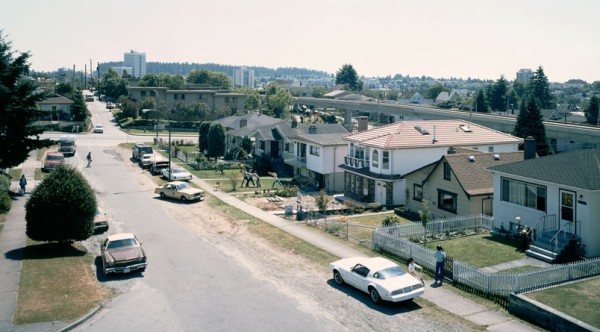
In an advertisement, the only intention that matters is to sell a product. All manner of decisions can and do saturate an advertising image, but these are subordinate to the purpose (Zweck) of selling the product. In a successful work of art, all kinds of decisions are subordinate to a larger intention as well; but that intention is analytically identical with the meaning (Zweckmäßigkeit) of the work, so it makes sense to speak of the work as a whole as saturated with intention. As we saw, art-commodities may well bear the marks of industrial processes. A work of art may, on the other hand, choose to exhibit them, which is a different matter altogether. We can tell the difference between bearing marks and exhibiting marks because works of art tell us how to tell the difference, each time.
Postscript: on Some Responses to “Would Vanessa Place Be a Better Poet if She Had Better Opinions?”
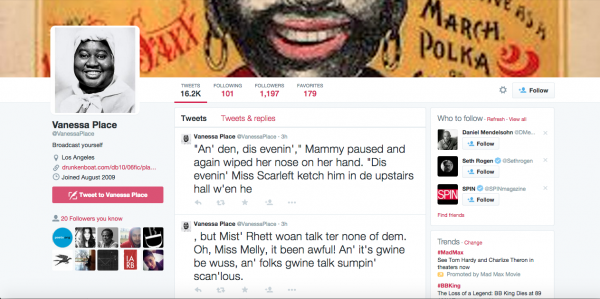
Everyone involved in this discussion appears to live by the difference between art and life. To my knowledge, no one has suggested that Gone with the Wind is something other than a novel or that Tweeting Gone with the Wind is something other than a work of art. (No reader misrecognized it as a different kind of Twitter account – for example, a moment by moment record of the passing thoughts of Vanessa Place). Nor has anyone started a liberation movement to protect the rights or advance the interests of fictional persons.
Reparations and other Right-Wing Fantasies
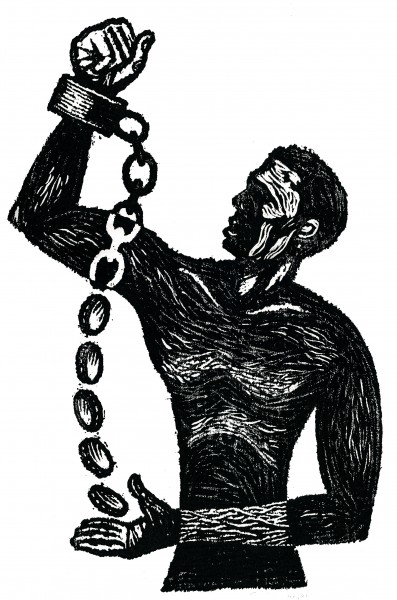
But in a world where inequality has been increasing and where the fastest growing jobs are mainly the lowest paying ones, why should we be inspired by a vision that instead of promising to pay people better, promises only to make sure that the badly-paid are not disproportionately black or Latino? And that men are just as fucked as women? It’s easy to see the attractions of bourgeois anti-racism and bourgeois feminism for white women and people of color seeking to establish themselves among the (shrinking) bourgeoisie. From their standpoint we should be as concerned that black, Latino, or female-owned businesses are relatively poorer than their white or male counterparts as we are with the growing power of employers to obtain labor on increasingly exploitative terms.
The Case Against Reparations
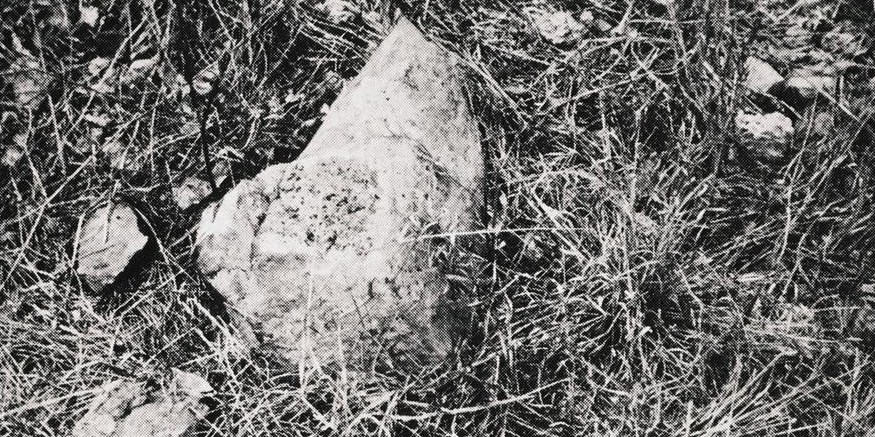
The deeper appeal of reparations talk for its proponents is to create or stress a sense of racial peoplehood as the primary basis for political identity. This movement’s psychological project is grounded on two beliefs: first, that rank-and -file black people suffer from an improper or defective sense of identity, and second, that an important task of political action is to restore or correct racial consciousness that the legacy of slavery is supposed to have distorted or destroyed.
Identity Politics: A Zero-Sum Game

This doesn’t mean that gay marriage isn’t a good thing, and it doesn’t mean that we shouldn’t be vigilant in fighting all kinds of discrimination. It just means that fighting discrimination has nothing to do with fighting economic inequality, and that the commitment to identity politics has been more an expression of our enthusiasm for the free market than a form of resistance to it. You can, for example, be a feminist committed to equal pay for men and women and also be committed to equality between management and labor but, as the example of everyone who’s ever campaigned against the glass ceiling shows, you don’t have to be and aren’t likely to be.
Issue #18: The Subject in Culture
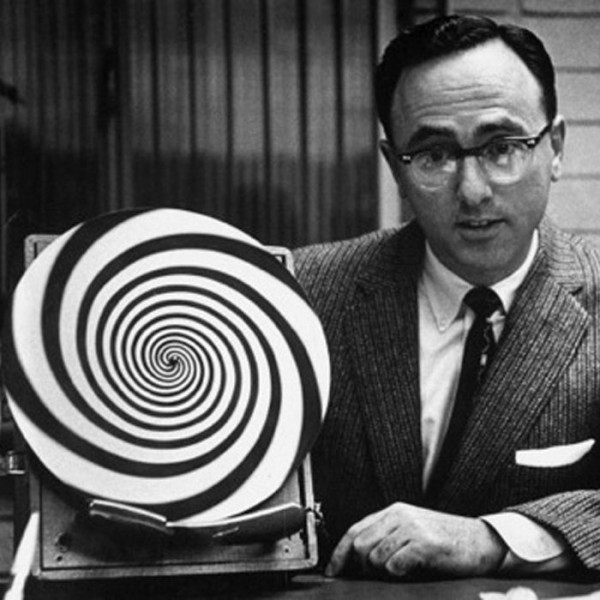
The subject of trained artistic gesture or of the ganzfeld chamber; understanding itself within liberal ideology or within a crisis of man. This issue considers the relation of the subject to various cultures—psychological, political, historical.
Max Horkheimer and The Sociology of Class Relations
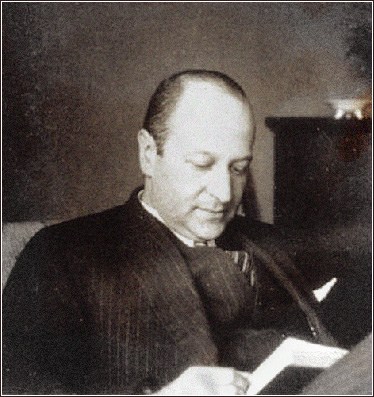
In the fall of 1943 Max Horkheimer composed multiple drafts of an essay entitled “On the Sociology of Class Relations.” The essay was intended for inclusion in the collaborative project with Theodor W. Adorno which came to be called The Dialectic of Enlightenment. One indication that the essay was crucial to their project was that Horkheimer solicited several responses to the working drafts including comments from Franz Neumann and Herbert Marcuse (on the East coast) and Friedrich Pollock and Adorno (in Los Angeles with Horkheimer).
Here for the first time is Horkheimer’s original essay in full and in its original English-language format plus five contemporary responses.
The Age of the Crisis of Man
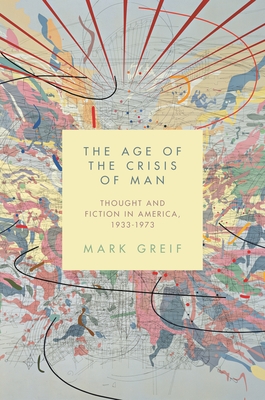
Both as intellectual and as literary history — as an account of the relation between the two in the mid-20th century and an attempt to reimagine the relation between the two in the early 21st century — Mark Greif’s The Age of the Crisis of Man: Thought and Fiction in America, 1933-1973 (Princeton University Press, 2015) is an important and original book. We asked a number of critics working in related areas to say what they thought about it, and Greif to respond.
Rose-Period Picasso: Drawing, Effort, and Habit in Modernism
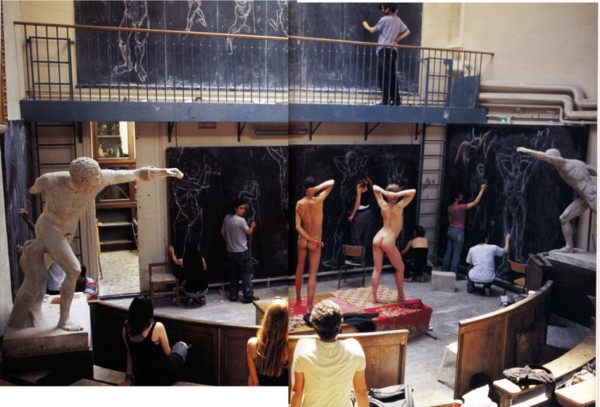
From the beginning of Picasso’s career to the end, he depicted life-size figures. An essential aspect of this way of working is made curiously prominent in Boy Leading a Horse—because an effortful, first moment of learning reinstalls itself in an uninvited fashion. Recall that the palmar grasp affords a longer range but simultaneously deprives the artist of his ability to maintain the hand in a flowing continuous movement across the surface (as evident in the photograph of the École).
Tangled Up in Blue: James Turrell’s Virtual Vision
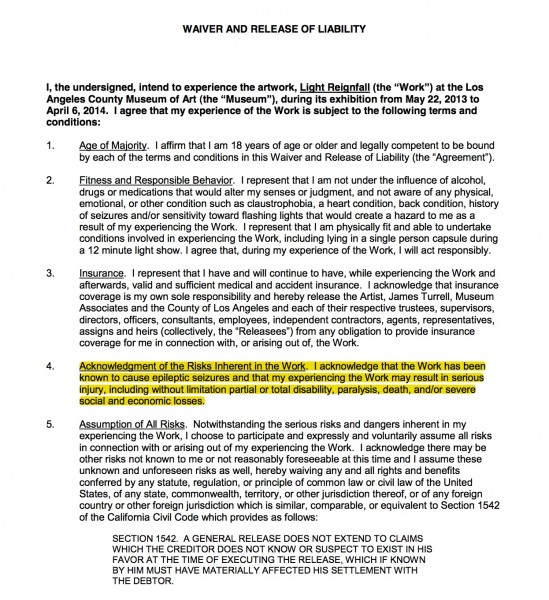
Take, for example, Turrell’s description of one of his recent ganzfeld chambers at the Henry Moore institute in Halifax, England: “It could induce an epileptic fit. You could really render someone useless if you choose to. The Henry Moore Institute had to have a neurologist from London…. It is serious business from that point of view. But there have been art pieces, by Christo and Serra, that actually killed people. I don’t in any way intend that…. It is invasive, closing your eyes will not stop this…”
